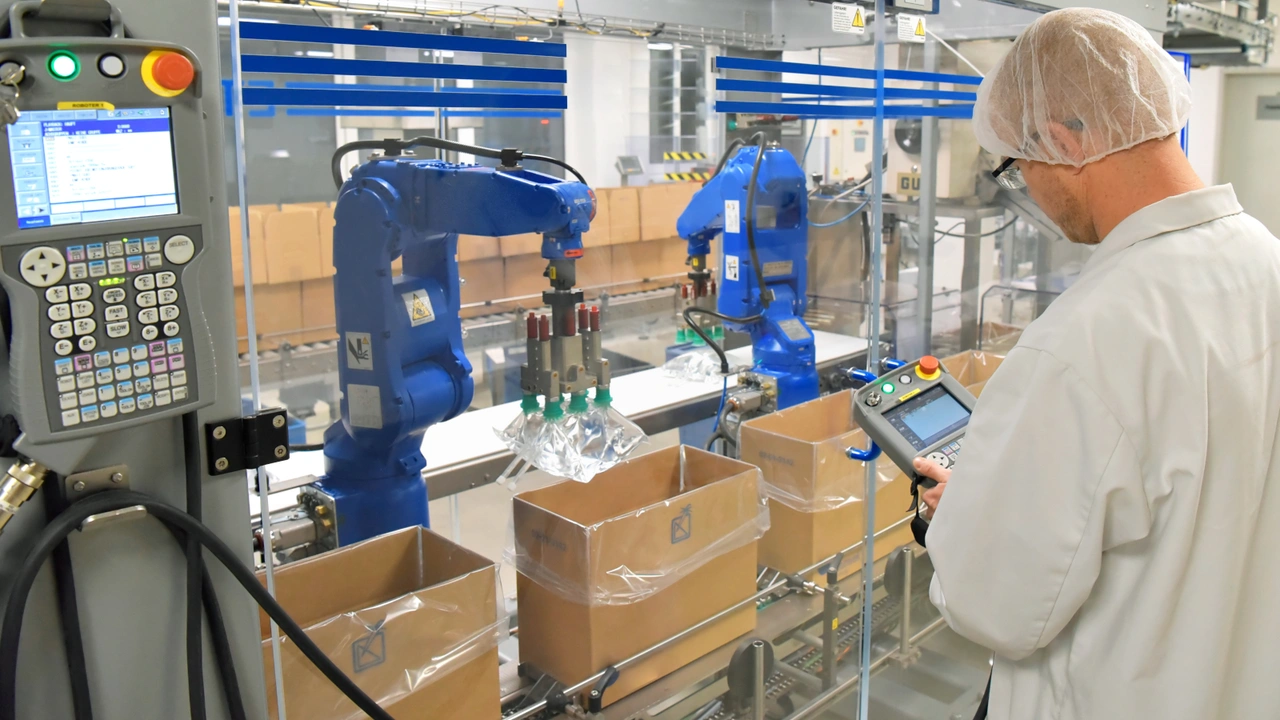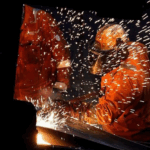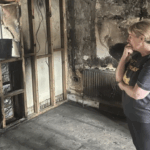Modern packaging lines are under pressure to do more with less — less waste, less time, and less manual labour. Yet expectations keep growing. The demands have shifted: quicker turnaround, tighter margins, and less tolerance for waste or error. That’s where well-designed packaging machinery steps in — not to transform everything overnight, but to bring steady, repeatable gains that add up over time.
Building Efficiency from the Ground Up
Every packaging line starts with a simple task: getting the product safely into its case or carton. But that’s also where many issues begin — misaligned boxes, wasted materials, delays due to manual handling. Case erectors offer a straightforward fix. They take flat-packed boxes and assemble them at speed, with precision. What once took several pairs of hands and frequent adjustments is now done in seconds with minimal intervention.
Consistency here is key. A poorly built case can throw off the entire line, causing jams or product damage. Automated case erectors ensure that every case is square, sealed properly, and ready to be filled — which means less downtime and fewer interruptions further along the process.
Cutting Down on Material Waste
Packaging waste isn’t just bad for the environment — it hits the bottom line too. Offcuts, rework, and spoiled loads all cost money. This is where precise sealing machinery makes a big difference. Automated case sealers apply the exact amount of tape or adhesive needed to secure the case, without overspray or overuse.
Over-taping is one of those quiet inefficiencies that builds up quickly. By switching to controlled sealing systems, companies can lower tape consumption, improve presentation, and avoid cases popping open in transit. It’s a small change with a surprisingly large impact.
Keeping Production Moving with Fewer Stops
Downtime is the enemy of productivity. In manual or semi-manual setups, even small delays — a box jam here, a misaligned pallet there — can bring everything to a halt. Automated systems reduce the risk of stoppages by being predictable and steady. They don’t get tired, they don’t rush, and they rarely make the kind of mistakes that lead to bottlenecks.
Take pallet wrappers, for example. High-performance stretch wrappers apply film with consistent tension, ensuring that loads are secure without over-wrapping or under-protecting. Many modern units also include auto-cut and auto-clamp features, which save time between loads and reduce the risk of film tails causing snags.
Smarter Use of Time and Labour
In busy packaging environments, people often find themselves doing tasks that machines could easily handle. Instead of spending long hours sealing boxes or manually wrapping pallets, that time can be redirected toward more hands-on roles — inspecting quality, solving problems, or managing multiple lines.
The idea isn’t about cutting jobs, but about relieving people from tasks that wear them down over time and don’t need constant human input. It’s especially helpful when order volumes spike or floor space is limited — giving teams breathing room without adding pressure.
Even one reliable case erector can take over hours of folding and sealing that would normally be done by hand. Spread that out over a full shift, and the time saved adds up fast — not just in labour, but in smoother flow across the line.
Improving Load Stability and Avoiding Product Loss
It’s easy to underestimate how much damage happens between the warehouse and the customer — but one slip on a pallet or a box that wasn’t sealed properly can lead to broken stock and returns. Securing each load correctly plays a big part in reducing waste. With stretch wrappers that apply film at a set tension across every layer, pallets are kept firm and stable from the moment they leave the line. These systems use just the right amount of wrap, applied with care, helping avoid waste while making sure goods stay put.
Sustainability Through Better Use of Materials
Sustainability doesn’t always mean changing materials — sometimes it’s about using what you have more intelligently. Modern machinery supports sustainability by reducing waste at every stage:
- Less over-wrapping means less plastic waste.
- Accurate tape application reduces excess use of adhesives.
- Fewer damaged goods means less repacking and fewer returns.
- Reduced power use in newer machines helps cut energy bills too.
These small savings build over time — and help companies work cleaner without compromising on output.
Bringing It All Together
No single piece of equipment can fix everything — but the right setup, with well-matched machinery, can remove a lot of friction from the packaging process. When systems are reliable and materials are used efficiently, fewer things go wrong. That’s how teams meet demand without stretching resources too thin.
From case erection to sealing and wrapping, the machines available today are built to support smoother, more efficient lines. For any business looking to reduce slowdowns, limit waste, and keep the packaging line running like clockwork, having the right tools in place makes all the difference.

















